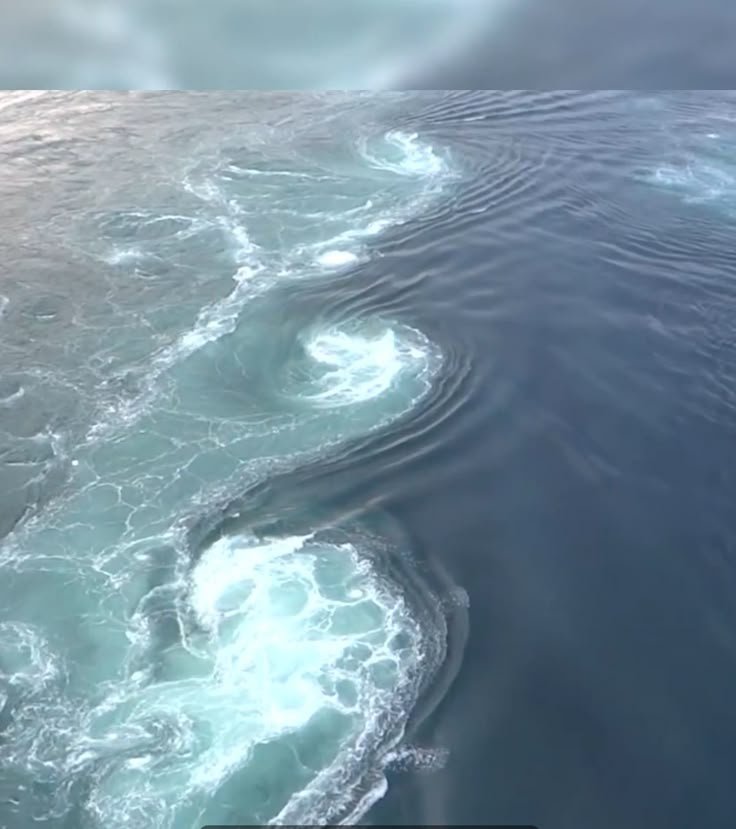Introduction: The Call of the Open Sea
The open ocean, often called the “blue desert,” covers more than half of Earth’s surface and stretches as far as the eye can see. Unlike coastal waters, it has no land in sight, only endless horizons blending sky and sea. For centuries, explorers, sailors, and dreamers have been drawn to its vastness. A journey across the open ocean is not just about physical travel—it is a profound experience of freedom, challenge, and discovery.
The Vast Expanse: Ocean Without Borders
Unlike coastal waters where land provides a constant reference point, the open ocean offers no boundaries. This vastness can feel both liberating and overwhelming. Travelers find themselves surrounded by nothing but water and sky, with horizons that seem infinite. This endless expanse represents Earth’s largest ecosystem, home to countless organisms and natural wonders. It reminds us of the ocean’s immensity and its central role in shaping the planet’s climate, weather, and life cycles.
Life in the Blue Desert
Though it may seem empty at first glance, the open ocean is teeming with life. From microscopic plankton that form the base of the food chain to massive whales that travel thousands of miles across its waters, this ecosystem supports extraordinary biodiversity. Schools of tuna and mackerel dart through the currents, seabirds glide overhead, and predators like sharks roam in search of food. Every living creature plays a role in maintaining the balance of the ocean’s vast ecosystem.
The Migrators: Journeys Without End
Many animals are born navigators of the open sea. Whales undertake epic migrations across entire ocean basins, guided by instinct and memory. Sea turtles, after hatching on beaches, travel thousands of miles before returning to the same shores to lay their eggs. Even tiny plankton drift with the currents, connecting distant parts of the ocean. These endless journeys mirror humanity’s own fascination with exploration and the pursuit of horizons that never end.
Riding the Currents: The Ocean’s Invisible Highways
The open sea is shaped by powerful currents that act like invisible highways. The Gulf Stream, the Kuroshio Current, and the Antarctic Circumpolar Current move massive volumes of water, redistributing heat and nutrients around the globe. For sailors, understanding these currents has long been essential for navigation. For marine life, currents provide pathways that connect ecosystems. They also play a vital role in regulating Earth’s climate, making the open ocean a heartbeat of the planet.
Weather and Wonders of the High Seas
The open ocean is a place where weather reveals its raw power. Calm blue days can quickly transform into raging storms, with towering waves and fierce winds. Sailors throughout history have faced both awe and fear in the face of these natural forces. The ocean also offers moments of breathtaking beauty—sunsets reflecting across endless waters, night skies filled with stars unobstructed by land, and the occasional glow of bioluminescent plankton lighting up the waves.
Human Encounters with the Infinite
For millennia, humans have set out across the open ocean in search of trade, discovery, and adventure. Ancient Polynesians crossed vast stretches of the Pacific using only stars and wave patterns as guides. European explorers ventured into the Atlantic, opening new connections between continents. Even today, modern sailors and adventurers take to the seas, seeking the same sense of wonder that has inspired generations before them. Each journey across the open ocean is both a physical test and a spiritual experience.
Isolation and Reflection at Sea
Traveling the open ocean often means days or weeks without sight of land. This isolation creates a unique space for reflection. With only the sound of waves and wind, voyagers often describe a sense of deep peace and perspective. The endless horizon becomes a metaphor for human possibility—limitless, uncertain, and filled with potential. At the same time, it reminds us of our fragility and dependence on nature’s forces.
Hidden Challenges of the Open Ocean
Despite its beauty, the open ocean presents significant challenges. Navigation without landmarks requires precision, and storms can pose life-threatening dangers. Food and freshwater must be carefully managed on long voyages. For marine life, survival is equally difficult; food is scarce compared to coastal regions, and species must travel vast distances to find sustenance. This balance of risk and reward defines life in the open ocean, both for humans and for nature.
Guardians of the Sea: Protecting the High Seas
The open ocean belongs to no single nation, yet it is vital to all. It provides oxygen, regulates climate, and supports fisheries that feed millions of people. Unfortunately, overfishing, plastic pollution, and climate change threaten its delicate balance. Floating islands of plastic waste, declining fish populations, and acidifying waters serve as urgent reminders that this seemingly endless realm is not immune to human impact. Protecting the high seas requires global cooperation and sustainable practices.
Mysteries of the Endless Blue
Despite centuries of exploration, much of the open ocean remains a mystery. Scientists continue to discover new species, behaviors, and ecosystems in its depths. Uncharted underwater mountains, vast trenches, and little-known migratory routes all point to how much is left to learn. The ocean’s vastness ensures that every expedition offers the possibility of new discovery. The journey across the open ocean is, in many ways, an ongoing adventure into the unknown.
Technology and Modern Ocean Voyages
Modern technology has transformed how we travel the open ocean. GPS systems, satellite weather tracking, and advanced ships make journeys safer and more efficient. Oceanographers now use robotic vehicles and satellite data to study currents, climate, and marine life. Yet even with these advancements, the ocean retains its unpredictability. Technology may guide us, but the spirit of exploration—of facing the unknown—remains unchanged.
Endless Horizons as a Human Metaphor
The phrase “endless horizons” resonates far beyond the physical ocean. It symbolizes hope, ambition, and the human drive to keep moving forward. Just as sailors gaze at the horizon, unsure of what lies beyond, we face our own unknowns in life—challenges, opportunities, and dreams. The open ocean becomes a metaphor for possibility, encouraging us to embrace uncertainty and to see each horizon as a beginning rather than an end.
Conclusion: Embracing the Journey
A journey across the open ocean is not simply about crossing water; it is about experiencing the vastness of the Earth and reflecting on our place within it. From the life that thrives in its waters to the challenges faced by sailors and explorers, the open ocean embodies both danger and beauty. Its endless horizons remind us of the mysteries yet to be uncovered and the journeys yet to be taken. To embrace the open sea is to embrace the unknown—a timeless human pursuit that continues to shape our understanding of the world and ourselves.


